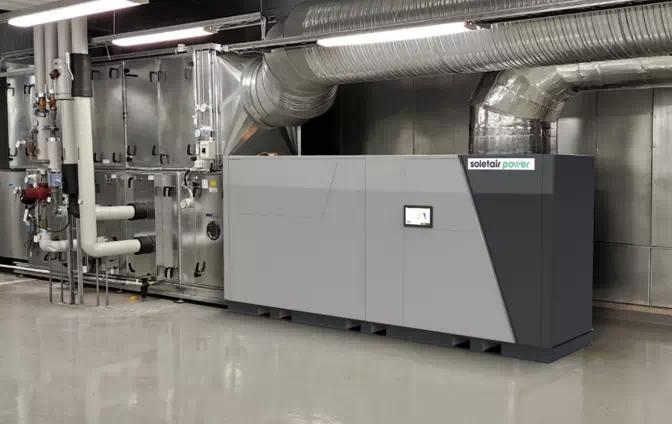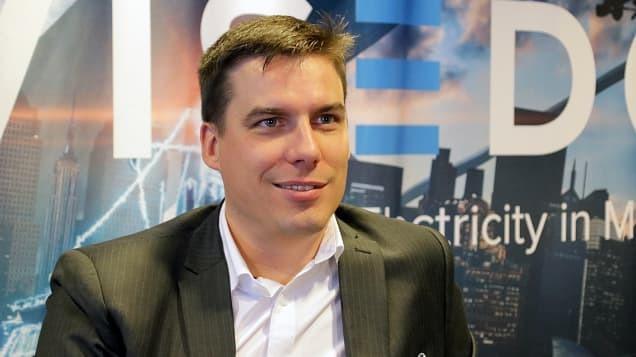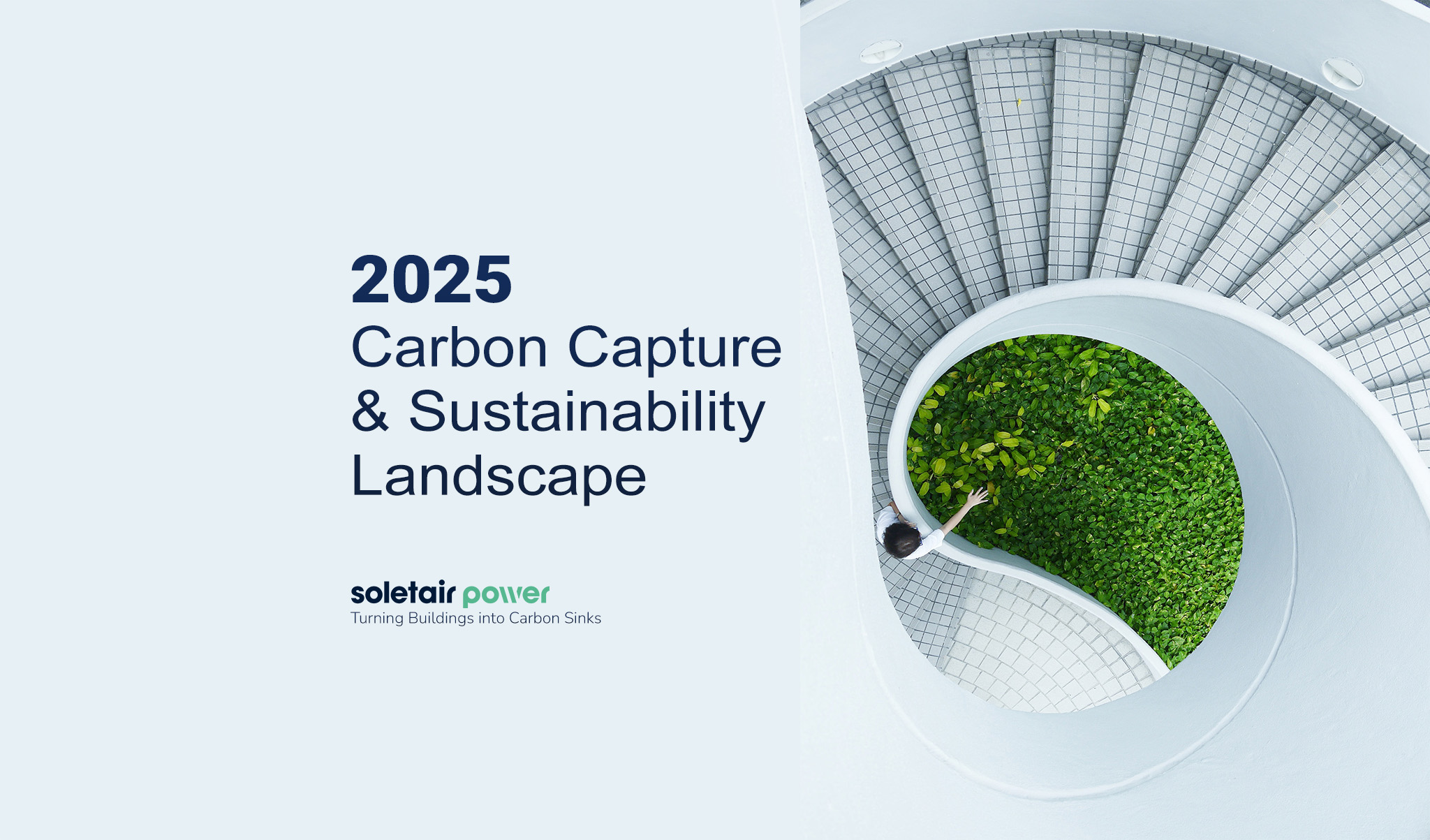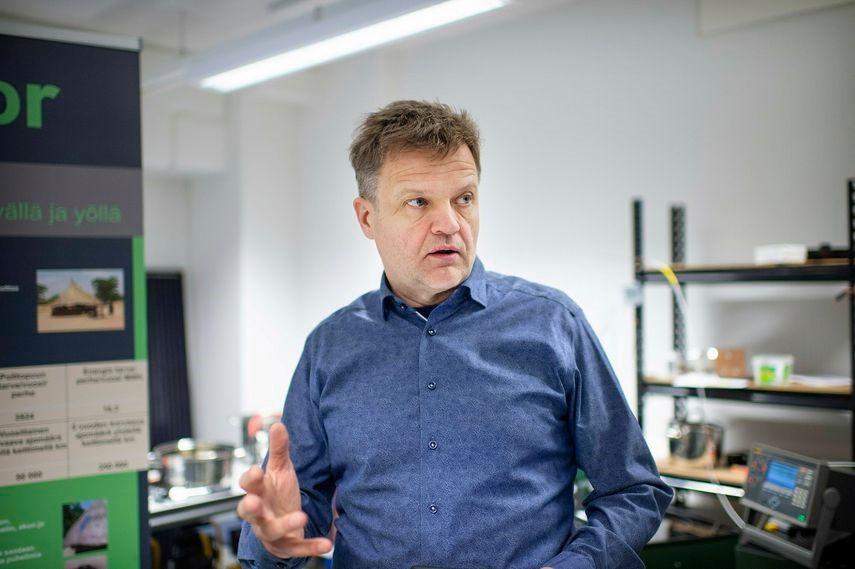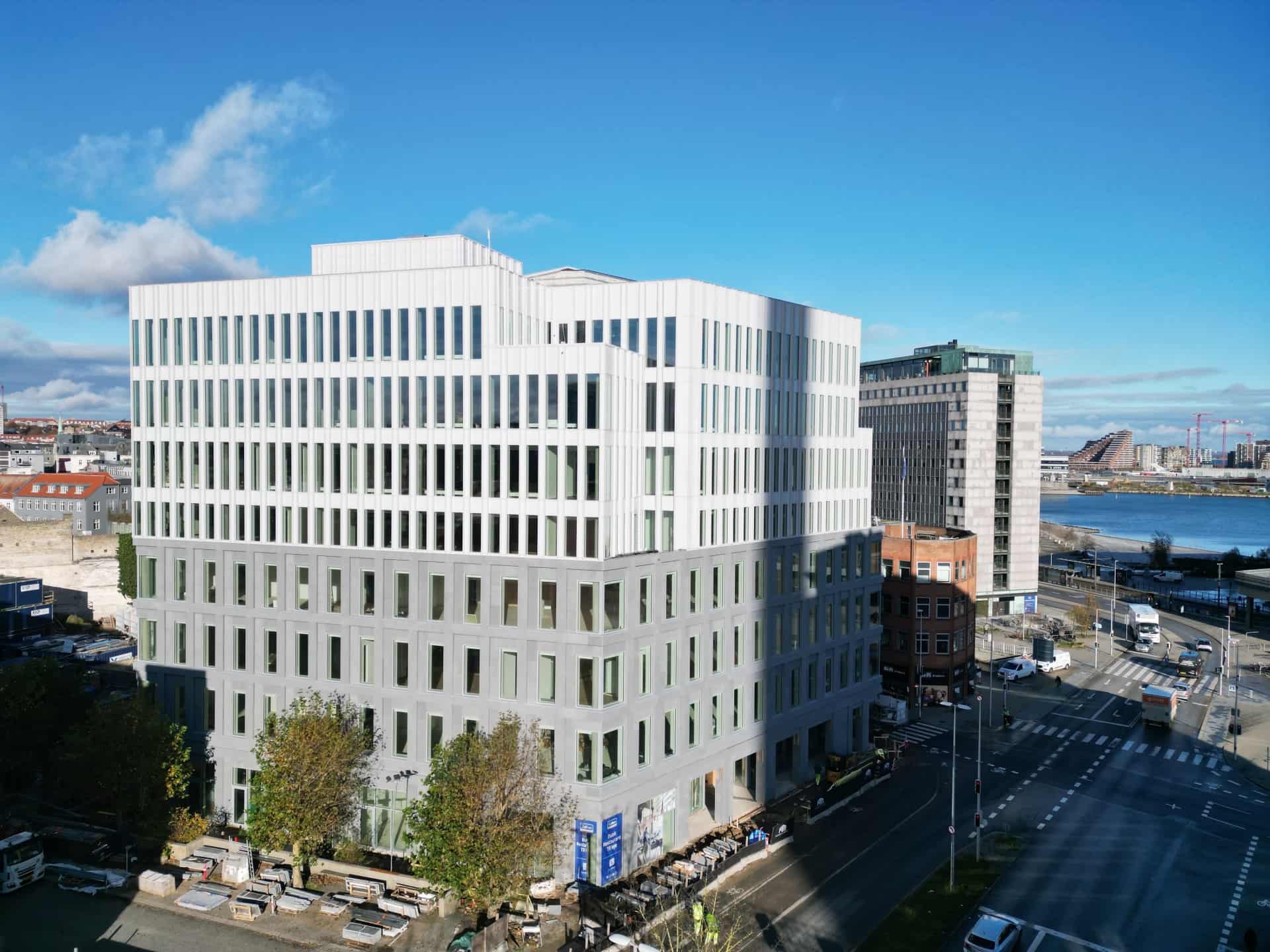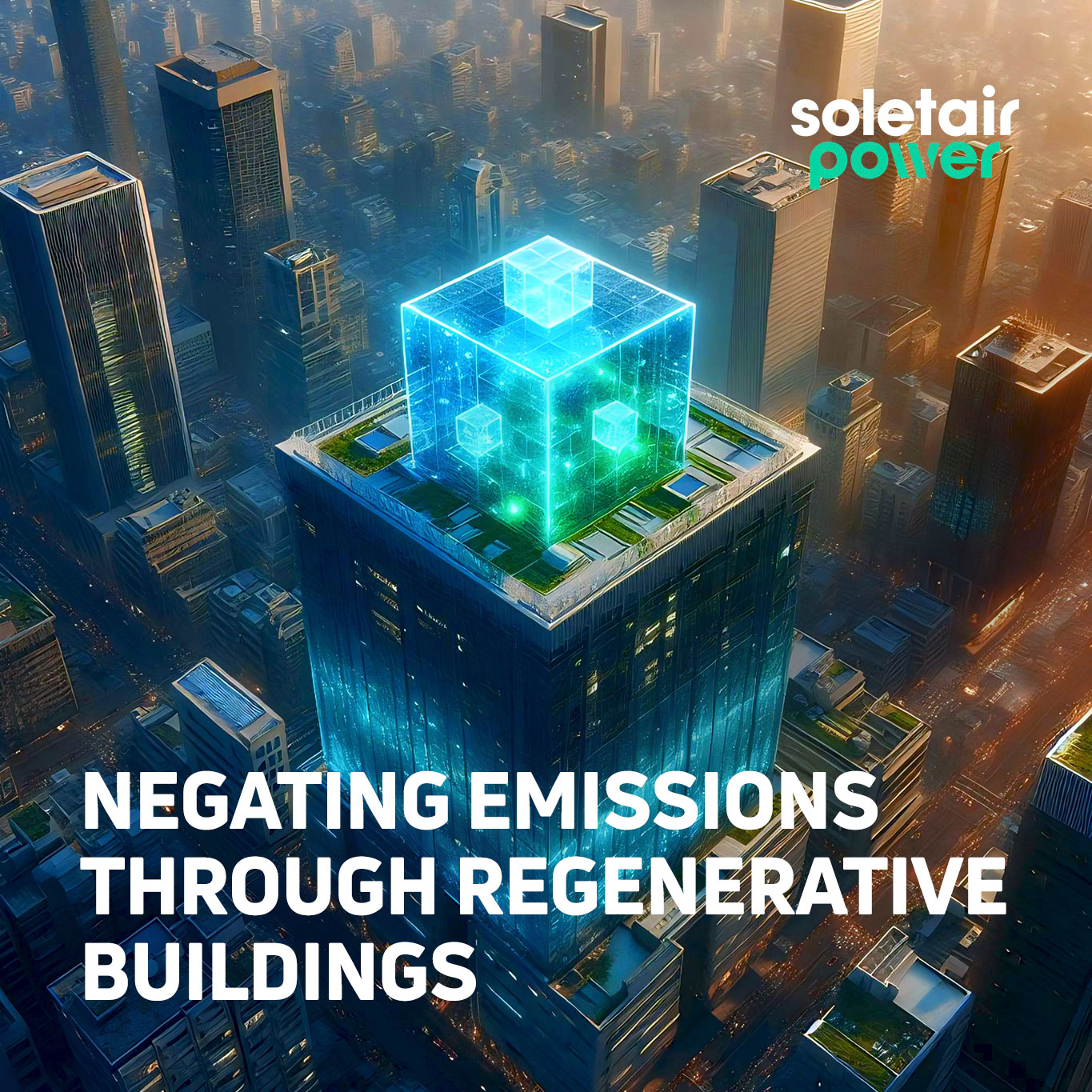Indoor carbon dioxide became a problem in the 1970s when buildings began to become more airtight. People started reporting feeling ill, tired and less productive at work; the term ‘sick building syndrome’ originated. That matches what brain scientists nowadays know about CO2: increased CO2 causes brain metabolism and neural activity to fall. According to a recent study by Harvard, SUNY, and Syracuse researchers, people’s work performance declines when they breathe in too much carbon dioxide at their desks. Study participants working under the heaviest 1400 ppm concentration of CO2 performed 50% worse on cognitive tasks than they did in the low 550 ppm scenario. And when the workers were working in rooms with the medium 945 ppm CO2 concentrations, their cognitive test scores were 15% lower.
We spend 90% of our time indoors and much of that time in the workplace. Employee salaries take a significant portion of total company expenses and yet the quality of the indoor environment and its impact on health and productivity are often ignored.
Carbon dioxide impacts productivity.
Underwhelmed by this conclusion? Productivity is difficult to measure and the return on investment is abstract, right? Harvard researchers have not only confirmed the air vs productivity relationship, but they’ve taken it a step further to show the ROI in real dollars.
See details below, but first, let’s focus on productivity.
How do you measure productivity?
Are you more productive today than you were yesterday? How do you know? Unless you can measure results (like in a call center or assembly line), quantifying productivity is a vague pursuit. There are simply too many variables. How do you measure new relationships? Or strategic ideas? What’s productive for one person may be mundane for the next and vice versa.
What you can measure and manipulate is cognitive function. The math and verbal abilities, problem-solving skills, and higher-order thinking – produce real outcomes. Here’s how Harvard researchers did that.
What does fresh air do for your brain?
This Harvard study, published in Environmental Health Perspectives, looked at employee performance in offices.
For six full workdays, 24 employees (14 female and 10 male) carried out their normal job activities in a simulated office environment in a lab in Syracuse, New York. They were exposed to varying levels of carbon dioxide on different days, then tested on their ability to make decisions, complete goals, strategize in an emergency, and so forth.
On average, cognitive scores were 61% higher on green days—those with fresher air—than on conventional days.
The largest capability improvements were in the areas of:
- Crisis response (97% higher scores in green conditions and 131% higher in green+)
- Strategy (183% higher scores in green conditions and 288% higher in green+)
- Information usage (172% higher scores in green conditions and 299% higher in green+)
World Health Organization experts estimate that 30% of office buildings have poor indoor air quality. Beyond productivity problems, that air can actually make you sick.
Companies should ensure better air in their space. The challenge, of course, is justifying the expense.
“62% of global workers said they would leave their job if their employer failed to create a healthier indoor environment.”
Healthy Building Survey 2022, Honeywell
Honeywell published the results of a survey of 3,000 employees. They were asked a series of questions about their attitudes towards health at the workplace, indoor air quality, and returning to offices. Respondents worked in buildings of 500+ occupants and hailed from diverse geographical regions including Southeast Asia, Germany, India, the Middle East, the United Kingdom and the United States.
The results were interesting, and perhaps surprising given the declining coverage of pandemic-related issues in most media outlets. Some highlights include:
- Employees care about healthy workplaces – to the extent, they would consider switching jobs. 62% of global workers said they would leave their job if their employer failed to create a healthier indoor environment; this figure rose to 65% among U.S. workers and 81% among U.S. C-level executives.
- Employees are demanding more transparency when it comes to IAQ. 65% of those who had returned to in-person work told researchers that they found it very or extremely important to be informed of the state of air quality in their buildings. More frequent monitoring corresponded with more regular information being shared with employees, highlighting the importance of a continuous IAQ monitoring policy.
- Employees are aware of the impact of air quality on their health. 89% of the occupants surveyed reported that the quality of the air they breathe in buildings directly impacts their health and well-being; 98% believe that better air quality results in at least one health benefit. Nearly three-quarters could (correctly) state that indoor air might be less healthy to breathe than outdoor air.
Additional Studies Reveal Similar Attitudes Towards IAQ
These results are in line with previous findings – such as that 82% of millennials would feel safer returning to offices with access to real-time information on IAQ; or that 67% of employees report they are more productive in workplaces that promote a healthy environment, with air quality and natural light having the largest impacts. They reflect a workforce that is well-informed and aware of the way poor air quality and other environmental factors can negatively impact health and productivity; and conversely, the benefits of healthy buildings.
“67% of employees report they are more productive in workplaces that promote a healthy environment.”
– Workplace Wellness Study, Future Workplace
Alongside the benefits of providing CO2-lean air HVAC-DAC integration can also lower energy costs. To save energy, a building owner may recirculate indoor air and bring in less fresh air to save on energy costs. Measuring CO2 levels is a good start to seeing how stale the air is. Integrating the HVAC system with Soletair Power’s HVAC-integrated CO2 capture unit is the best option.
Capturing carbon dioxide in buildings.
Carbon dioxide molecules are extremely small, about a million times smaller than a speck of pollen, and therefore are extremely difficult to detect. And yet, it’s that very challenge that Soletair Power has set out to tackle.
Launched in 2016 in Finland, Soletair Power has developed a carbon capture solution that aims to scale direct air capture technology globally by integrating it with the HVAC systems in millions of buildings and capturing CO2 from the air.
Soletair Power delivers solutions for capturing CO2 in the air supplied to building ventilation. The technology works by soaking up carbon dioxide emissions from the air even before entering the offices. Air is pushed in specialized types of filters, where carbon dioxide and moisture get trapped. When the filter is saturated with these compounds, the machine is closed to collect the captured CO2 and moisture. Moisture is condensed leaving pure CO2 ready for compression. The captured CO2 is integrated inside an electrolyzer and synthesis unit, where it gets converted to fuels or other hydrocarbons.
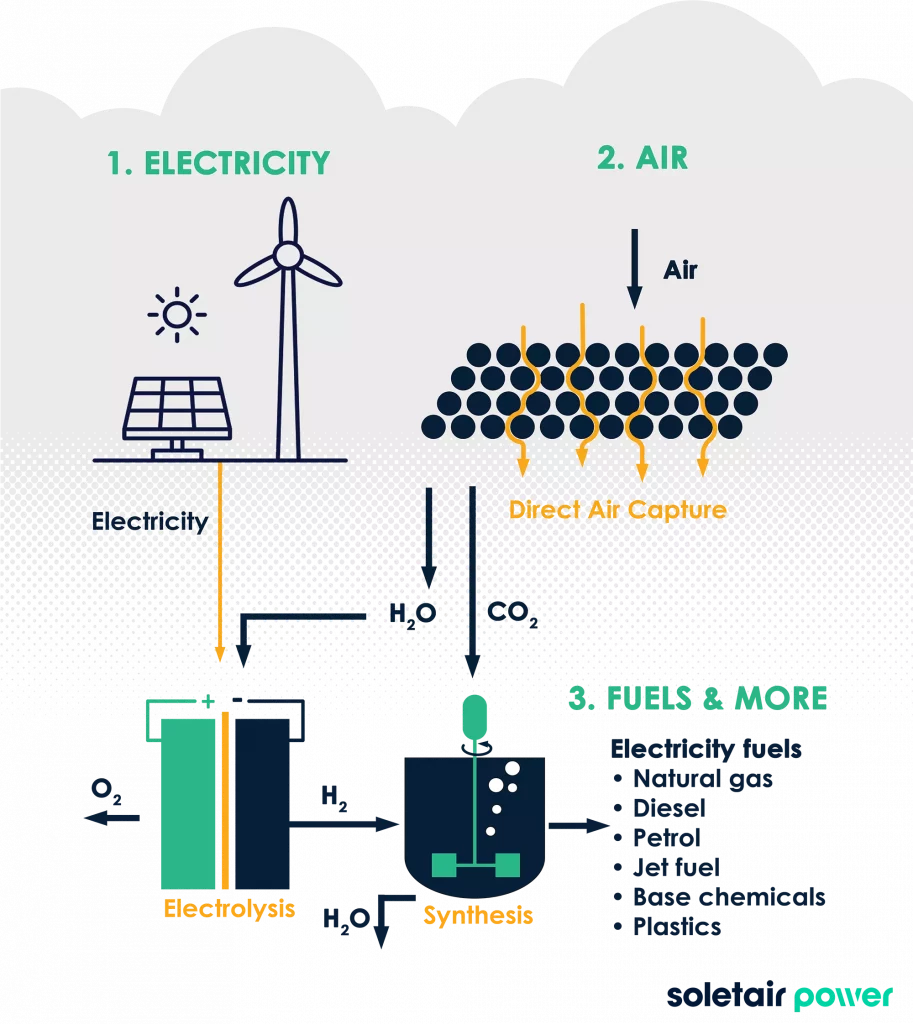
Soletair Power has already manufactured a containerized carbon capture plant for ZBT – Zentrum für Brennstoffzellen-Technik GmbH, a research institute in Duisburg, Germany. Another of their Power-to-X demonstration unit has been operating at the Finland Pavilion of Expo 2020 Dubai, which is making synthetic methane fuel out of thin air and powering a coffee machine. Other projects include installing an office CO2 capture unit at Vaasa, Finland.
This exciting new technology could lead to more affordable means for reducing emissions in buildings, and also for potentially removing carbon dioxide from the atmosphere.


